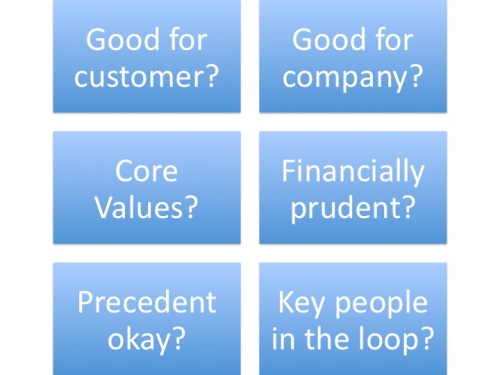 One of the first questions I get asked by entrepreneurs, CEOs, and executives interested in mentoring and coaching is, “what’s the difference between them?”
One of the first questions I get asked by entrepreneurs, CEOs, and executives interested in mentoring and coaching is, “what’s the difference between them?”
Coaching is a process in which a coach asks a series of cascading questions (sometimes referred to as Socratic Method), to help the person being coached use their own experience, intuition, and intelligence (emotional and intellectual) to come up with the answers they are looking for. Coaching is not advice driven in that the coach asked questions but does not proffer feedback or attempt to move the person being coached in a particular direction.
Mentoring is similar in it’s approach to coaching in that strong mentors are also good coaches. What mentors bring to the table that coaches don’t is the ability to add in their personal sage experience in the areas the person being coached is struggling with. Mentoring is both question and advice/guidance based.
Now that we know the difference, here are the rest of the questions I get asked:
- Do you (Mike) have a mentor or a coach: I have two Mentors who are also very strong coaches, Walt Sutton and Guff Muench. I am grateful for the time, energy, and wisdom they’ve shared with me. They are great men who I have a deep admiration for.
- How did your meet your mentors? Walt and I were introduce by a mutual acquaintance. Guff and I were introduced through the Entrepreneurs’ Organization Mentorship Program (a program I founded in Vancouver with the help of the late Steve Cowan).
- Where can I find a mentor ? I’ll get the self-serving part out of the way first – at ViRTUS we offer both Mentoring and Coaching. One of my mentors, Walt Sutton, has space to work with another entrepreneur or CEO right now as well. The other way is to consider successful people in your life who have accomplished something similar to what you’d like to accomplish (family friends, executives in your company, other entrepreneurs you know, members of associations you belong too, etc.). Approach them to see if they are interested in having lunch or coffee from time to time so you can learn from their experience.
- If I want to hire someone to mentor or a coach me, what does it cost? The range for coaching and mentoring in Vancouver is between $1500 – $5000+ per month depending on the mentor/coaches experience and the time and energy they put into working with you.
- How often would we meet? Weekly, bi-weekly, or monthly for anywhere from 1-4 hours is the time commitment you can expect for face-to-face or on the phone mentoring. As well you should expect to have unlimited access to your mentor or coach between sessions by email or phone in case something time sensitive comes up that you really need some support on.
- What will we talk about? Mentoring and coaching conversations span the complete spectrum from business, career, personal, and family. The primary focus is on your success as a business leader and as a human being – however you want to define that for yourself.
- Why would I get a mentor or a coach? Because the very top performers in their field, regardless of what field that is (business, sports, medicine, law, etc.) all have mentors and coaches who help them stay ahead of the pack and ensure they put their energy, attention, and focus on the behaviours and actions that will lead to the success they are looking for.




